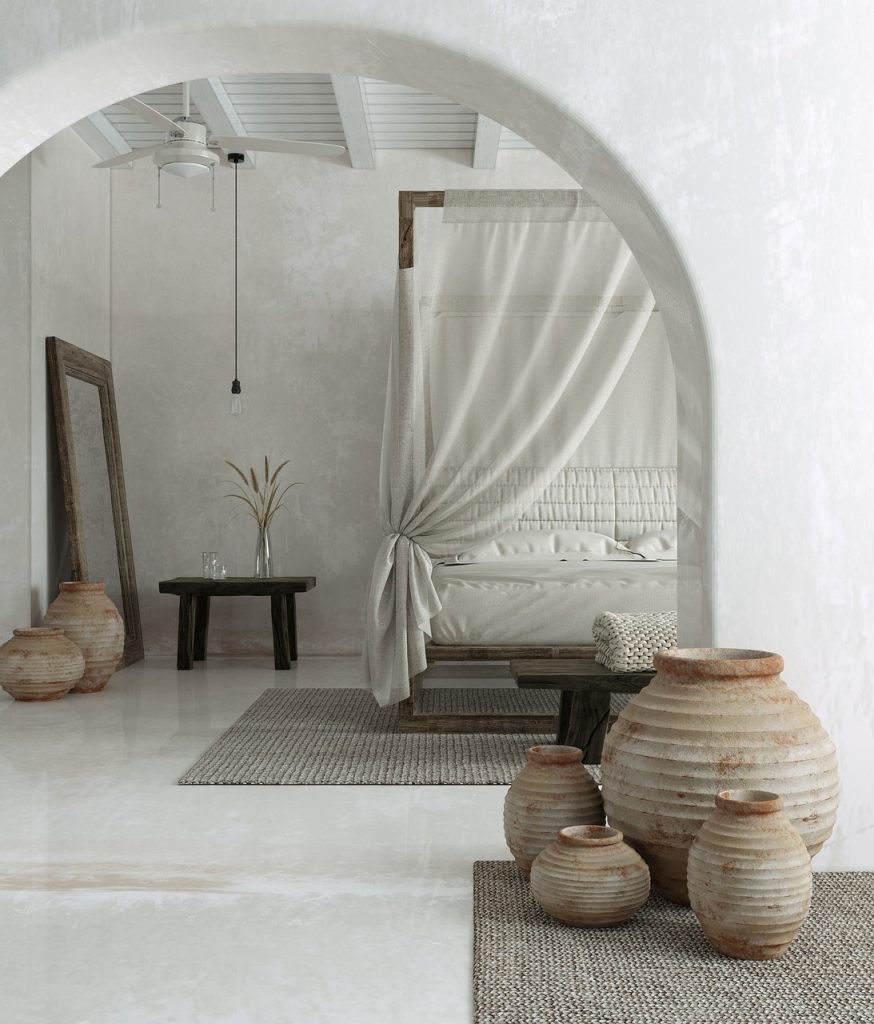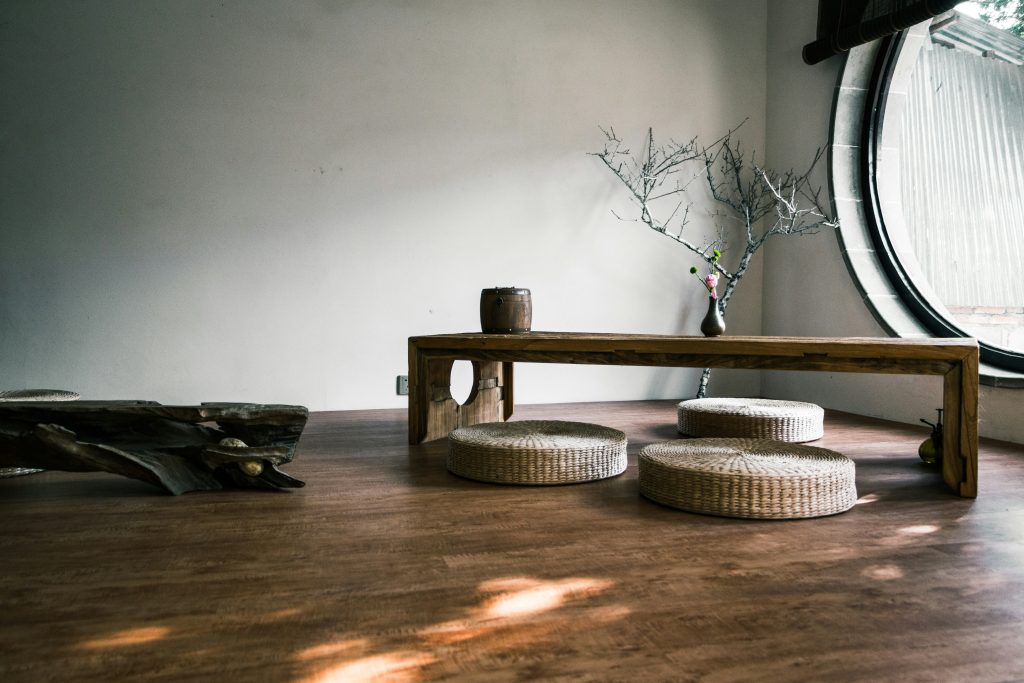The Principles of Japanese Design
Japanese design is guided by a few fundamental principles that emphasize natural beauty, simplicity, and functionality. Understanding these principles is essential to incorporating Japanese aesthetics into your home:
Wabi-Sabi: This concept embraces the beauty of imperfection. It encourages appreciating the natural wear and tear of objects, highlighting their history and uniqueness. Dont you think this inspiring picture of beautiful of perfect imperfection in nature explains the concept? I love the serenity it transmits:

Ma (Space): The idea of Ma focuses on the importance of empty space. It is about finding balance and creating a sense of calm through uncluttered, open areas.
Shibui (Subtle Beauty): Shibui emphasizes understated elegance and simplicity. It values muted colors, simple forms, and the absence of unnecessary details.
Nature Integration: Japanese design often incorporates natural elements, reflecting a deep connection to the outdoors. This includes the use of natural materials, organic shapes, and views of nature.

Key Elements of Japanese Design
Minimalist Furniture: opt for low-profile, functional furniture with clean lines. Think of futons, tatami mats, and low wooden tables. Choose pieces that serve multiple purposes, enhancing the room’s functionality without overcrowding it. Only keep items that are functional or bring joy, aligning with the Japanese concept of “less is more.”
Natural Materials: use materials like wood, bamboo, paper, and stone to create a warm and natural ambiance. For a genuine japanese look incorporate elements like shoji screens (sliding doors made of wood and paper) to divide spaces while maintaining an open feel.
Neutral Color Palette: embrace a neutral color palette with shades of white, beige, brown, and soft greens. These colors reflect the natural world and promote a calming environment. To add interest use variations in texture and material rather than bold colors or patterns.
Zen Gardens and Indoor Plants: create a small zen garden or incorporate elements of one, such as rocks, sand, and small plants, to bring tranquility to your space. You can use indoor plants like bonsai trees, bamboo, or ferns to add a touch of nature and improve air quality.
Natural Light: Maximize natural light to create a bright and airy atmosphere. Use sheer curtains or blinds to diffuse sunlight gently. Do not forget to position furniture to take advantage of views of the outdoors, creating a seamless connection between indoor and outdoor spaces.

Embrace the zen of Japanese design
Japanese design offers a timeless and calming approach to home decor that can transform any living space into a haven of tranquility. Embrace the principles of wabi-sabi, ma, and shibui, and incorporate natural materials and minimalist aesthetics, to create a harmonious home that reflects the serene beauty of Japanese culture. You can add traditional Japanese crafts like origami, ceramics, or ikebana (flower arranging) to add a personal and cultural touch to your decor, or even create a tea corner where you can relax.
Whether you’re designing a new space or refreshing your current decor, let the elegance and simplicity of Japanese design inspire you to create a peaceful retreat that promotes well-being and mindfulness. Embrace the zen of Japanese design, and find joy in the beauty of simplicity and nature.